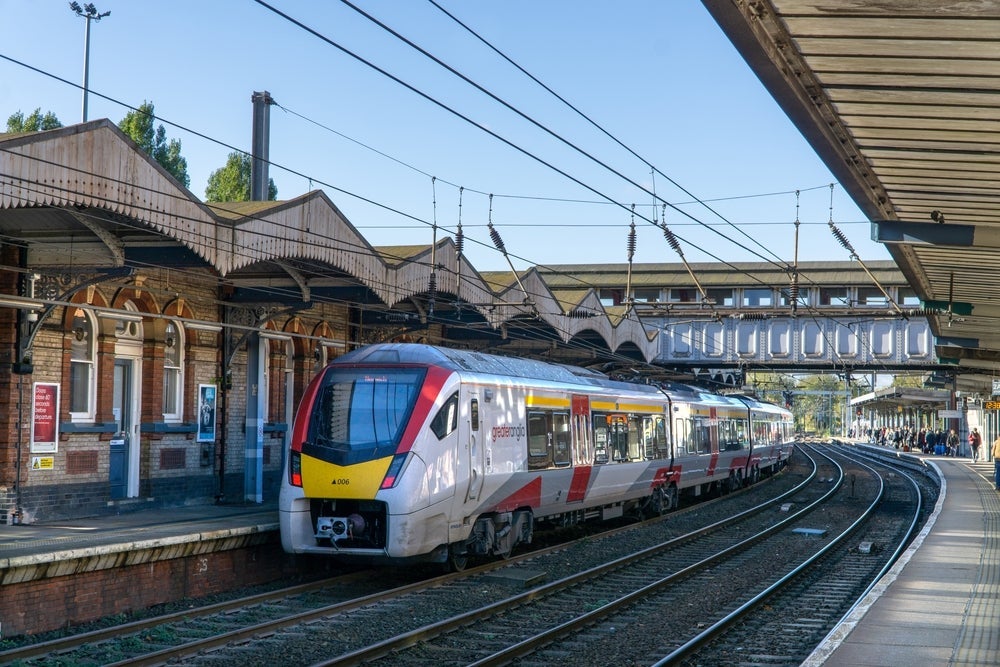
Huawei has been selected to lead Turkmenistan’s Buzhun-Serehtyaka and Bereket-Cilmammet integrated railway communications project.
The company will implement its advanced GSM-R solutions on the Buzhun-Serehtyaka and Bereket-Cilmammet railway lines to support technological evolution of the local railway industry.
Huawei had successfully implemented its GSM-R technologies in Turkmenistan’s Turkmenbasy-Ashgabat (east-west) Line and Cilmammet-Buzhun (south-north) Line in 2012.
Turkmenistan has a total of 3,600km of railway lines, but the country’s transportation capacity have been majorly affected by the outdated and aging communications systems.
Huawei Enterprise Wireless GSM-R product line general manager Wu Ling said: "We are looking forward to working with the Turkmenistan Government on the modernisation of the existing railway system. Huawei is committed to innovation and we will continue to optimise our GSM-R solution offerings, providing high-quality customer-centric solutions and services for railway operators around the world."
Huawei’s GSM-R solution will feature the DBS3800 distributed base stations and remote radio units to reduce the impact of antenna feeder loss on radio network coverage.
How well do you really know your competitors?
Access the most comprehensive Company Profiles on the market, powered by GlobalData. Save hours of research. Gain competitive edge.

Thank you!
Your download email will arrive shortly
Not ready to buy yet? Download a free sample
We are confident about the unique quality of our Company Profiles. However, we want you to make the most beneficial decision for your business, so we offer a free sample that you can download by submitting the below form
By GlobalDataFollowing completion of the project, the top speed of the railway line will increase from 60km/h to 120km/h, while improving transportation efficiency of the railway lines.
Huawei’s GSM-R solutions have covered 24,000km of railway lines worldwide by the first quarter of 2014, while the company secured a 55% share of the new GSM-R contracts globally covering a total of more than 6000km of railway lines in 2013.
Image: Turkmenistan has a total of 3,600km of railway lines. Photo: courtesy of Huawei.






